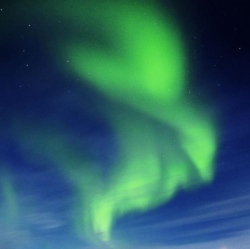
The Big Bang aside, when the Universe started it was a vacuum simmering with energy. This energy is also known as dark energy, or the Higgs field, the Higgs boson particle that makes up all matter, which was discovered in 2012 (and should have made the Universe collapse, according to some).
This high energy, according to the hypothesis, began to evaporate and form bubbles – within each bubble was another vacuum. Even though each bubble formed contained less energy than the last, they still had enough to cause the bubbles to expand. Inevitably, some bubbles bumped into one another, producing secondary bubbles. The essence of the multiverse hypothesis all that all bubbles contains a Universe. Scientists who support the bubble theory believe that it arose from the idea of cosmic inflation – a concept that also is not universally accepted.
Inflation holds that in the instant after the Big Bang, the Universe expanded rapidly, so rapidly that an area of space once a nanometer square ended up more than a quarter-billion light years across in just a trillionth of a trillionth of a trillionth of a second, writes Nature World News. Proponents of the multiverse theory argue that it’s the next logical step in the inflation story, skeptics believe that it is not physically possible – but neither have yet tested the theory. ‘That’s what this research program is all about,’ lead researcher Matthew Johnson said in a statement.
‘We’re trying to find out what the testable predictions of this picture would be, and then going out and looking for them.’ Johnson’s aim is to use computers to simulate the multiverse hypothesis – something he says is actually easier to do than it sounds. ‘All I need is gravity and the stuff that makes these bubbles up. We’re now at the point where if you have a favorite model of the multiverse, I can stick it on a computer and tell you what you should see,’ he said in a statement.
